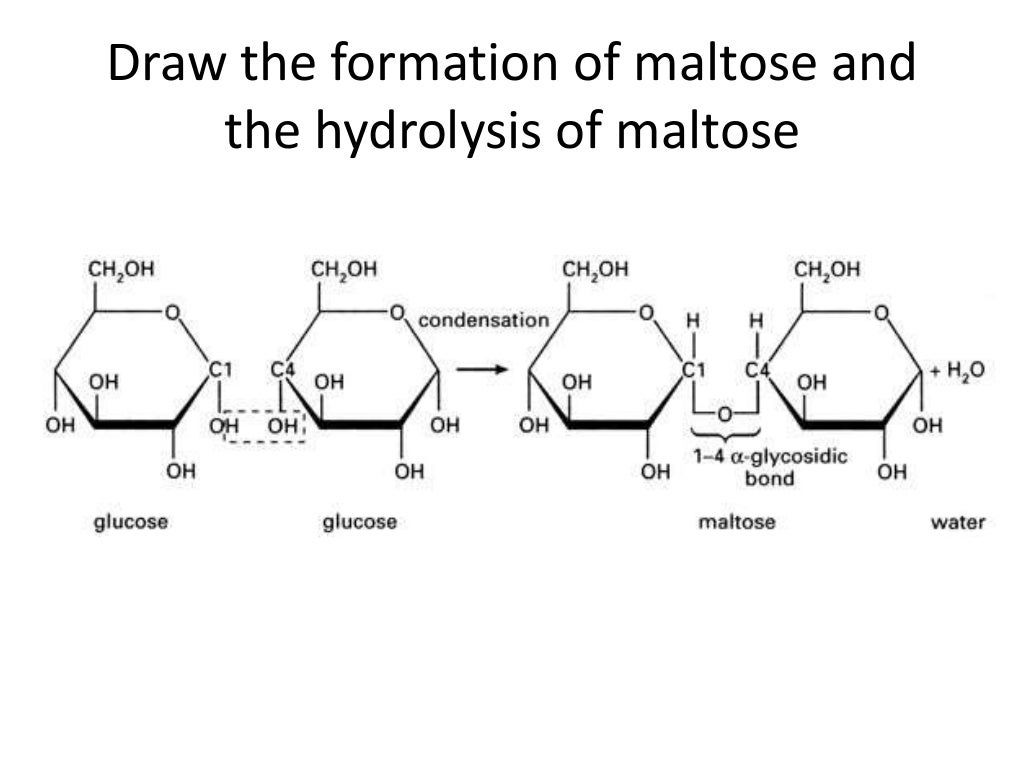

The oxidative breakdown of these carbohydrates by respiration release the energy stored in them and this energy is utilized for the various metabolic activities of the cells. In photosynthesis, the light energy is converted into the chemical energy and it is stored in some carbohydrates such as glucose, fructose, sucrose, starch etc.


Green plants fix the energy of sunlight by photosynthesis. The term saccharide is derived from a Greek word ‘sakkharon’ meaning sugar. In biochemistry, carbohydrates are denoted as saccharides. Majority of carbohydrates, not all, have the empirical formula (CH 2O) n. Some carbohydrates also contain nitrogen, phosphorous and sulfur. The ratio of hydrogen and oxygen in the majority of carbohydrates will be in 2:1 as in water. All carbohydrates are hydrates of carbon and they contain C, H and O. Chemically all carbohydrates are polyhydroxy (contain many hydroxyl, – OH, groups) aldehydes or ketones. They are commonly known as sugars because most of them have a sweet taste. Carbohydrates are polyhydroxy aldehydes or ketonesĬarbohydrates are the most abundant bio-macro-molecules on the earth.


 0 kommentar(er)
0 kommentar(er)
